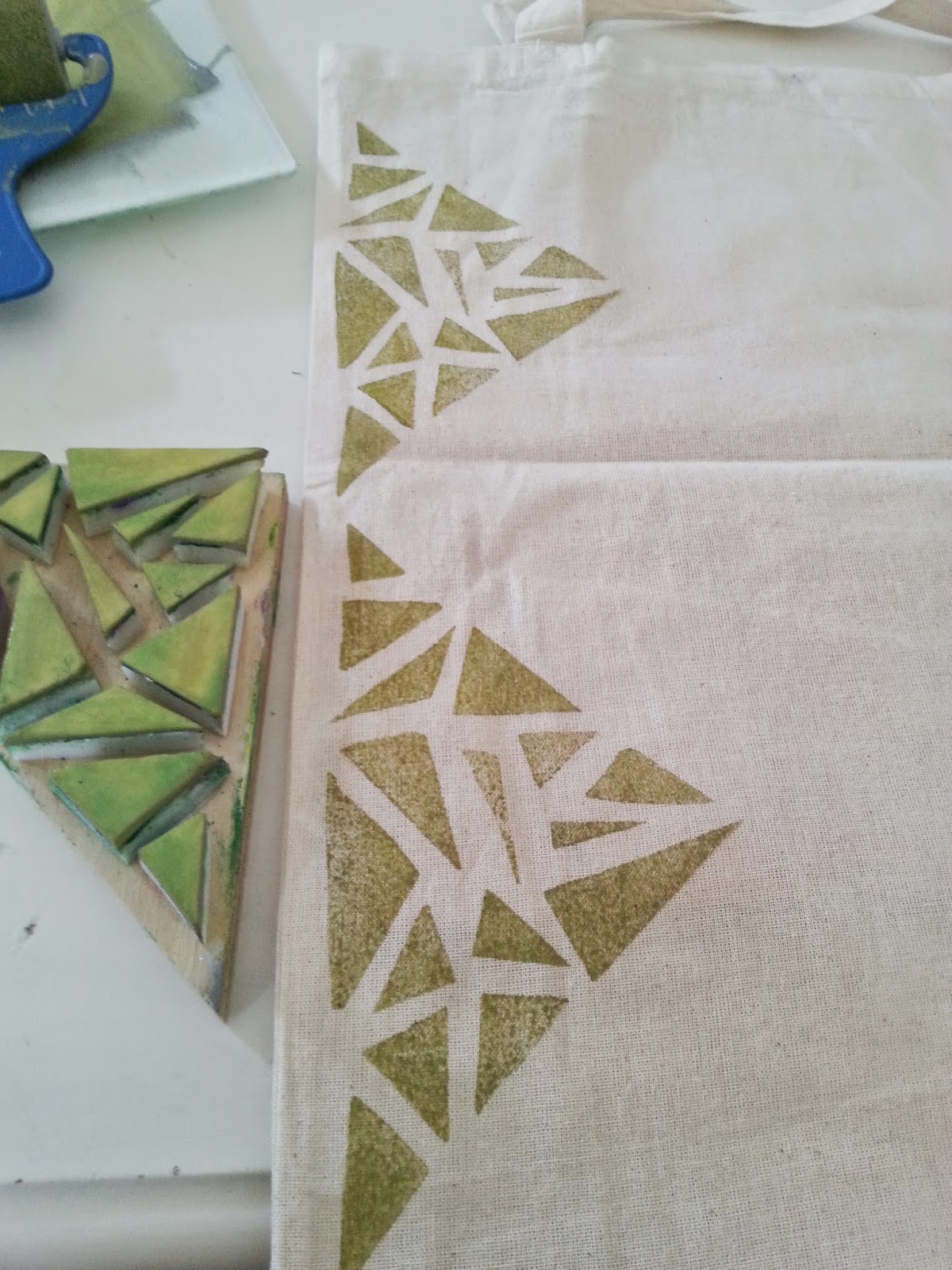Call it the six months till Wedding crunch or the mid winter will to get active, the last 4 weeks I have been implemented a more active lifestyle for myself. The goal is not to loose weight but become a more aware active individual. It is so easy to just stay in bed on a cold winter morning but the exercise really get the endorphins going. The problem? Most exercise routine is at first challenging and then boring. So the longevity is the main factor.
When you're being active for the sake of being active, you have very little reference when you're not trying to loose weight, as to how you are doing aside from the possible placebo effect of " I feel like I have more energy." I started reading about fitness trackers. Here was a system that could track my level of activeness that can be separated by : number of steps, very active minutes or distanced walked. I looked at reviews of a few trackers and I chose the Fitbit because of what I needed and the price. There were trackers that were more scientifically in tuned with the more accurate measure of calories burned (like BodyMedia) but required monthly subscriptions (IE PAYMENTS) for data YOU generated. Um... no thanks. In the end, I only needed a tracker that was seamless, that I was accurate enough so that I could reference my progress against my baseline. That's all I needed.
So I bought the FITBIT Flex.
The Flex is a wrist tracker:
-waterproof
-Screen to show progress
-Tracks sleep
-Tracks steps
-Tracks very active minutes
-Tracks distance
It uses algorithms that was tested against a machine that tested the gas composition in your breath that is deemed the golden standard for accurately measuring calories burned.
Keep in mind that one of the ways Fitbit measures steps is the natural swing of your arm as you are walking to denote steps. So on cold mornings when I don't want my arms swinging, I wondered if my Fitbit was tracking less steps.
I did an experiment for three days whereby I strapped the fitbit to my ankle (Fitbit provides two straps, one large and one small when you purchase the tracker). Conclusion? The difference in steps registered is minimal and does not interfere with you reaching your goals.
Keep in mind to not be so stuck on the accuracy of the actual number of steps. It's how much you better yourself from the beginning that matters. For this to be effective, I suggest this.
For the first two weeks, I took reference readings. This means, I did nothing special and just created data based on my NORMAL routine.
Here are the data:
A normal day for me:
At 5am, I do half an hour of Zumba/Yoga. On this particular day, I'm doing Zumba as seen by the huge spike at 5am. Yoga is much slower with less hand movements and the data does reflect this. You can see that my most active times are before and during lunch. There is a spike at 6pm, this is me walking from the bus stop to my house. I'm a total Data whore, especially when it pertains to me. Data like this opens up trends that you may not be aware of. This in itself is interesting but can be helpful when coming up with a plan to increase your activeness. For example, I can make sure I am go for a short ten minute walk at 3pm.
Fitbit comes set at an arbitrary goal of 10,000 steps as recommended by a Japanese study in which they averaged people walked around 5000 steps a day and that if they doubled it, they could become healthier. I have read from reviews that a lot of users find it quite difficult to reach 10,000 and even 5000 was hard on some days. The ability to reach a certain goal will most definitely depend on your work. I'm on my feet pretty much half the day at work and with my commute, there is a fair bit of walking to the bus stop, from the train station and going out for a walk after lunch with my co workers.
As you see, my normal routine gets me pass the 10,000 steps mark very easily.
You can also see, that I barely make 10,000 steps on weekends.
(I don't do Zumba or Yoga on weekends)
The other thing the Fitbit tracks is your sleep. Now I can't think of how this would improve your sleep but since I am a pretty good sleeper, I don't mind. I just like oggling at how restless I am during different part of the nights. Here is a time line of motionless sleep and motion sleep (or so called restless ness) during one typical week night sleep:

Fitbit averages that it takes me around 11 minutes before I am truly asleep without flaying my hands about.
The most consistent thing I found was that I have a period of unrestfulness an hour before I have to get up... this is of course Aaron getting up. I'm not usually concious of him waking up but apparently my body is.
The graph below shows the week's worth of time spent asleep.
A graph not shown is how more restless I am in my sleep during Sunday-Thursday. Mmmmm work!?!
I have just set my Fitbit to have a daily goal of 16000 steps.
A thousand more than I average on a normal basis.
How will I get the extra 1000 steps?
-Take the long way around the park in the mornings.
-Do 15 mins more of Zumba.
What do I think of the Fitbit in general?
For my needs it is good.
It is a bit hard to put to sleep on the first few nights. You have to rapidly tap the flex until it vibrates.
Sometimes I put it to sleep when I'm hammering on the weekends.
It vibrates you to wake up, which I prefer over the audio alarm on my phone.
It vibrates to let you know that you have reached your daily goal. (It is such a great feeling especially when it catches you off guard!)
So what do I do at 5am every weekday?
I either do Zumba or Yoga for half an hour.
Mon, Weds, Fri= Zumba
Tues, Thurs=Yoga
I bought the Zumba total body transformation DVD set two months ago and have been trying them out for the past 4 weeks. I am so glad that I zumba by myself, behind closed doors and blinds drawn.
Seriously.
Despite that flaying arms and robotic hip movements I call Latin dancing, Zumba is addictive and really gets you sweating. I feel like that I really do need to put in either 45 mins to an hour to get a great work out.
You start to sweat by 20 mins.
I recommend going through the Basics a few times on a weekend before going to the other DVDs, especially if you have never taken any form of dancing before.
I found my college days of Salsa dancing has helped me immensely.
To stretch and unwind my body, I do Yoga on the alternate days.
People, good Yoga apps are so so difficult to find. I have bought and downloaded some that will make you want to roll your head into your yoga mat just so you won't be able to hear fastly paced robotic instructions with blaring "calming" music coming from your $4 app. Alas, here are two Yoga apps that I highly recommend. You can't just have one, you see, variation is the key to fitness success. Boredom is the killer!
Yoga pocket is great.
It has several sessions, divided into level of difficulty. The music is calming.
The voice narrating poses is calming and slow.
The sessions itself can be quite cardio which I like and with 3 different sceneries and two sun salutation classes, Yoga pocket is a good app to have to spice things up a bit.

My favourite so far though, has to be Yoga Studio.
There are NUMEROUS classes, split into Flexibility, Strength, Balance and Combination with different times and levels.
It is so easy to follow, poses are different and I don't feel frantic following her transition into different poses. The narrator is very soothing and the presentation is clean and simple.
I just wished this app was available on my imac so I wouldn't have to tote my ipad around.
So here's to week 4 of fitness.
























































